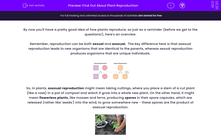By now you'll have a pretty good idea of how plants reproduce, so just as a reminder (before we get to the questions!), here's an overview.
Remember, reproduction can be both sexual and asexual. The key difference here is that asexual reproduction leads to new organisms that are identical to the parents, whereas sexual reproduction produces organisms that are unique individuals.
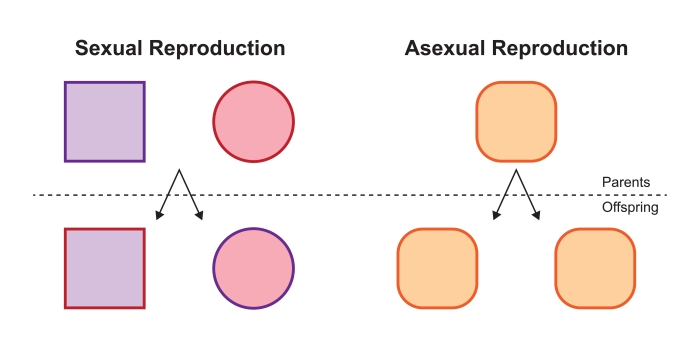
So, in plants, asexual reproduction might mean taking cuttings, where you place a stem of a cut plant (like a rose) in a pot of compost and watch it grow into a whole new plant. On the other hand, it might mean flowerless plants, like mosses and ferns, producing spores in their spore capsules, which are released (rather like 'seeds') into the wind, to grow somewhere new - these spores are the product of asexual reproduction.

The method of plant reproduction you'll be most familiar with is through flowers - that's sexual reproduction. Sexual, because male and female cells are involved - a pollen grain and an ovule.
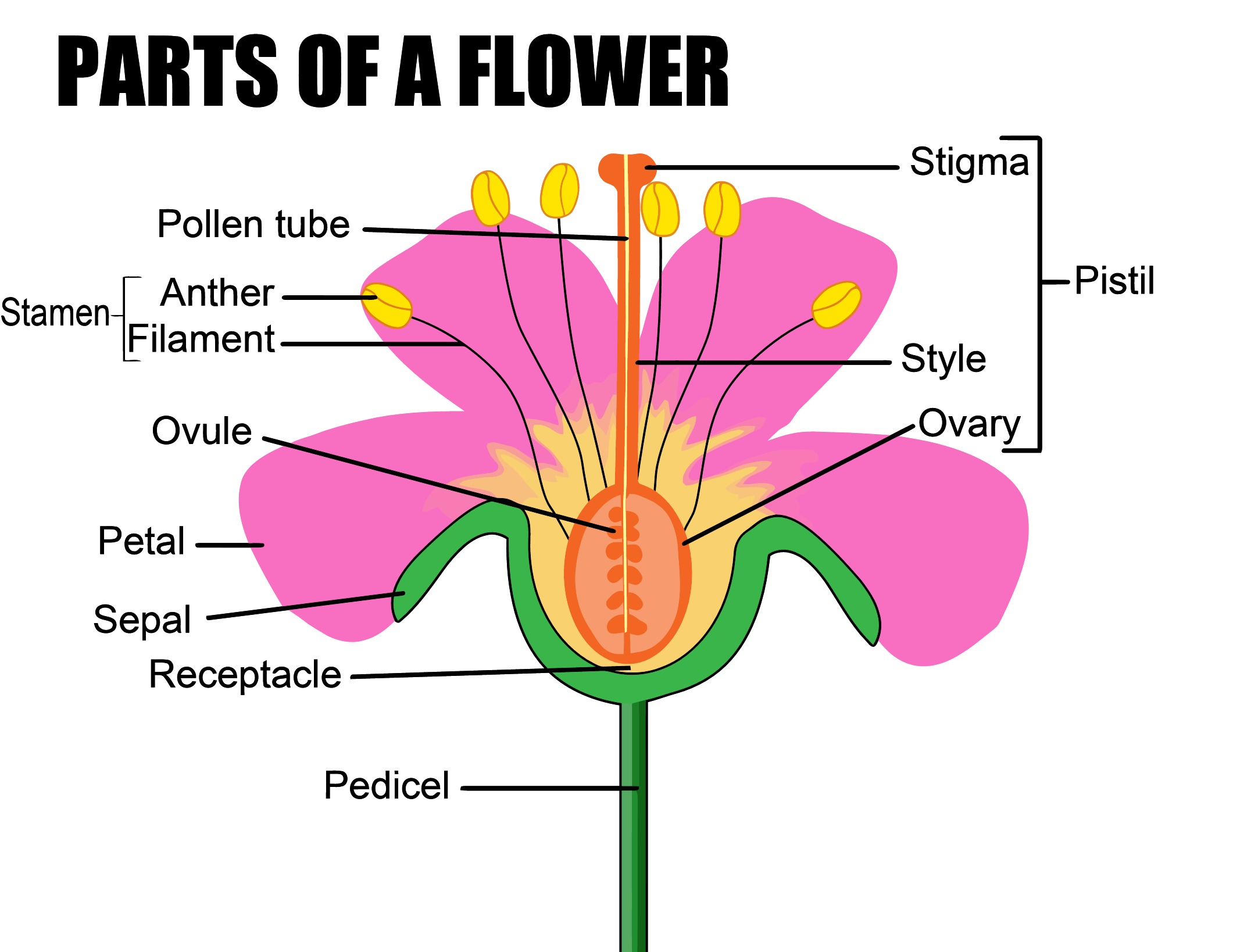
You'll remember that the pollen, made in the anther, is transferred to the female stigma (this is pollination) where it grows down to join with the ovule and forms a seed, inside a fruit.
 |
 |
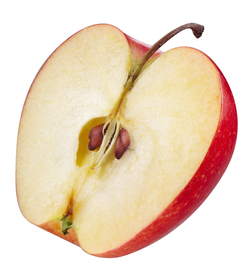 |
The seeds need to be dispersed away from the 'parent' plant, where they were formed - otherwise they'll end up competing with each other, and with their parent plant and, in any case, they need to be spread around to have a chance to colonise new areas. A great example of this is Himalayan balsam, which is an invasive species of plant, which is spreading all over the UK!
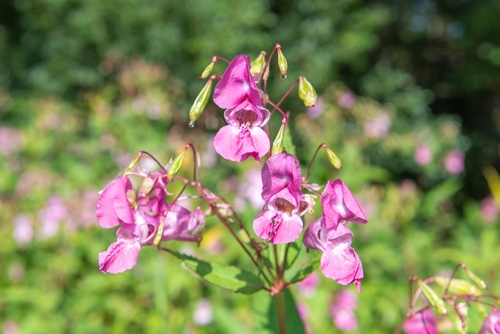
So, use this activity to review your understanding of how different plants reproduce. Let's get going!

